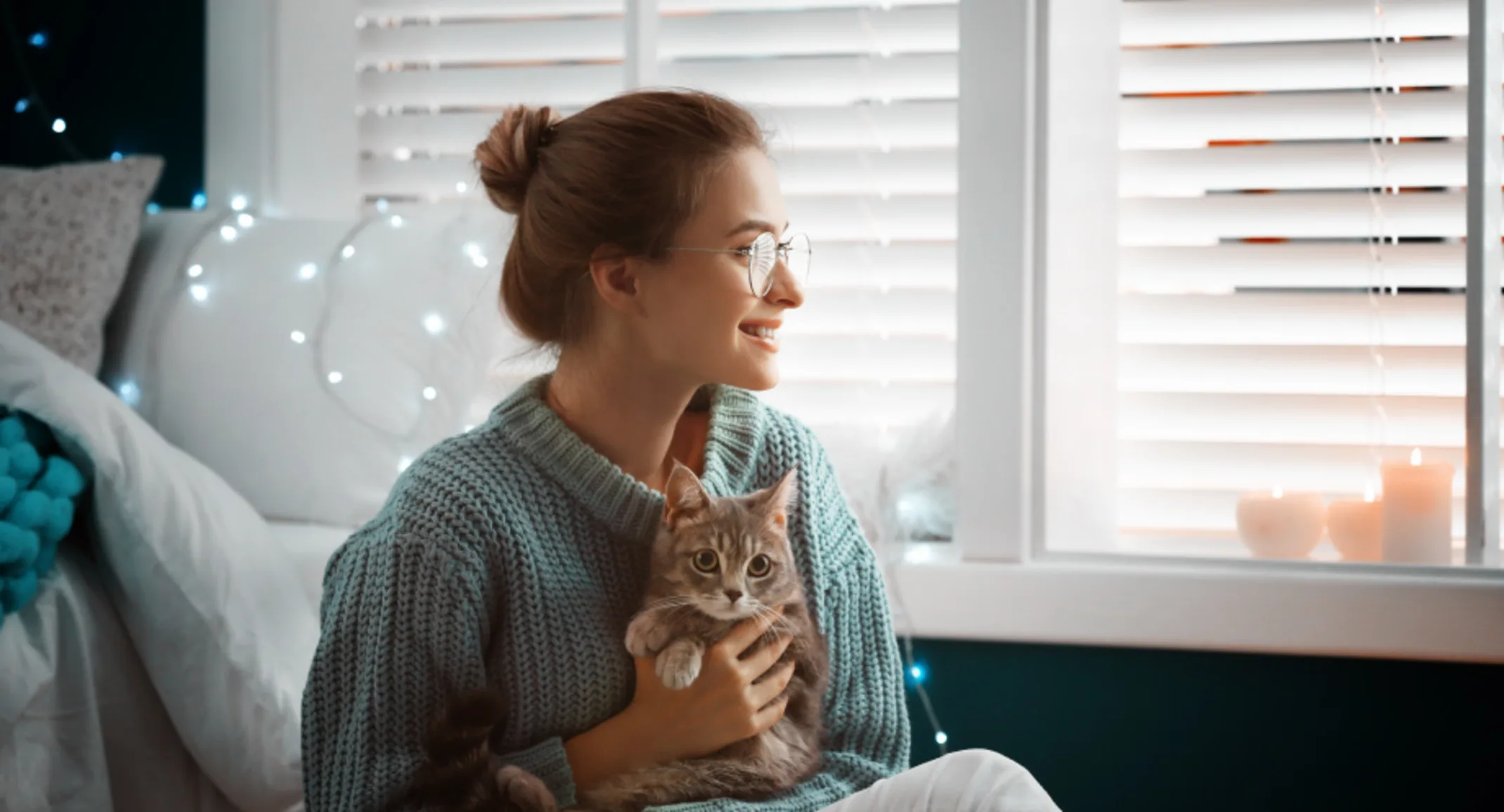Tried & True: The Necessary Guide to Cat-Proof Your House
Cat-Safe House

If the idea of “cat-proofing” sounds more like an effort to keep cats out of the house, than keeping them safe while inside, you’re not alone. The concept of cat-proofing your home is meant to deter accidental illness or injury to a cat or kitten while adjusting to their new home and throughout their time living there. Cat ownership is already a big responsibility, and in addition to all the stuff they need, it is essential to cat-proof your house before they even arrive.
All You Need is Love
To be a successful owner of a cat, all you need is love, right?
We wish!
A newly adopted cat or kitten might need vaccinations, parasite prevention medication, spay or neuter procedure, a microchip, and learn how to be litter box trained. They also require their own food/water bowls, nutrition, crate, toys, bedding, and more.
In other words, there’s a lot to prepare for before you ever bring home a sweet little fluffy face. A big part of that preparation includes taking a long, hard look at the environment they’ll be calling home.
Good Enough
Calamity happens when we least expect it. While no one wants to spend an inordinate amount of time contemplating potential hazards, that’s exactly what’s needed in order to cat-proof your house.
The best way to start this process is to get down on the floor. Closely examine potential hideouts, dangling cords, and chemical storage all around the home. Stowing hazardous items, limiting exposure to electric cords (they love to chew on these, risking electric shock), and reducing the odds of getting stuck somewhere is necessary.
Windows and Doors
Your new cat or kitten will be equipped with loads of curiosity. They will want to climb, explore, investigate, and otherwise get into trouble. Mitigate this by checking the windows, window screens, and doorways throughout the home. Be sure that your cat cannot climb the screens in open windows, potentially risking a fall.
Plantlife
Fortunately, there are many cat-safe houseplants you can decorate with. Be sure that whatever potted varieties you currently have aren’t toxic by consulting this list. If you do own toxic plants, always be sure that your cat cannot access them, or find a friend to donate them to.
Ambiance
Candles, liquid potpourri, and essential oil diffusers add to the household ambiance but can be super dangerous to cats. If you use these items, only do so in a room that they cannot freely enter.
Similarly, glass ornaments, ceramic vases, and other breakables may need to be put away until your cat grows up a bit and understands that certain shelves or displays are “off-limits”.
Kitchen and Bathroom
Items like dental floss may seem innocuous, but can actually cause GI obstruction if your cat swallows it. Likewise, be mindful of any vitamins, pills, or even cosmetics left out for your cat to sniff or sample.
Household cleaners and detergents should always be stored off the floor and behind cabinet doors.
Cat-Proof Your House
Bringing your cat home for the first time should be an incredibly joyful moment. Don’t let certain household hazards stand in the way of all that feline enthusiasm and curiosity. Cat-proof your house beforehand and then simply revel in all the happiness when you’re finally there together.
If you have further questions or concerns, our veterinarians and staff members are always here for you at Goldorado Animal Hospital.

